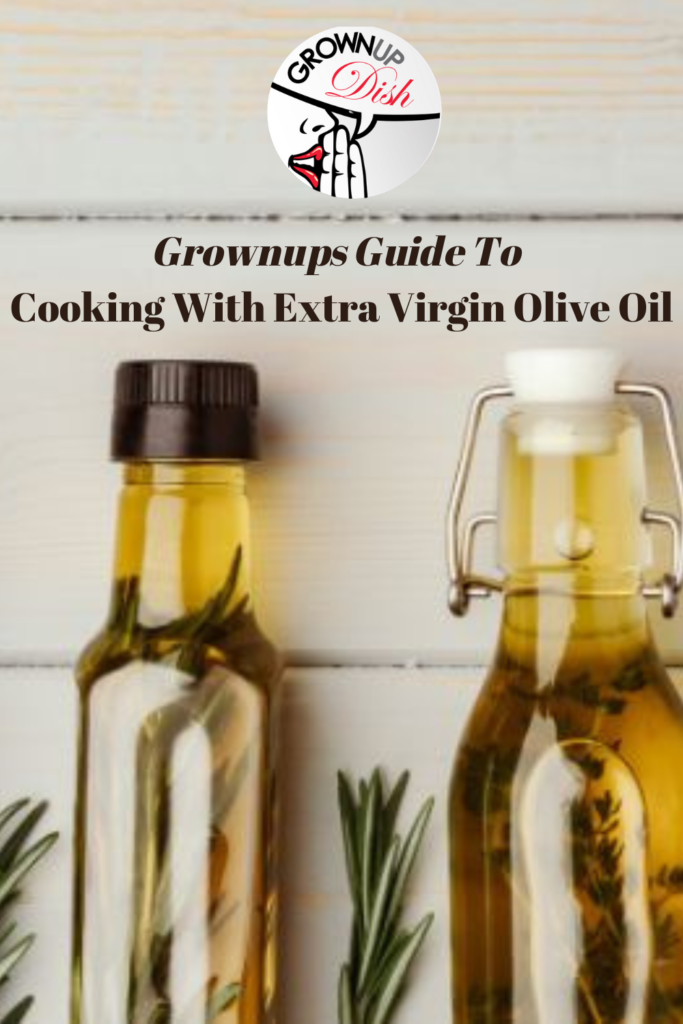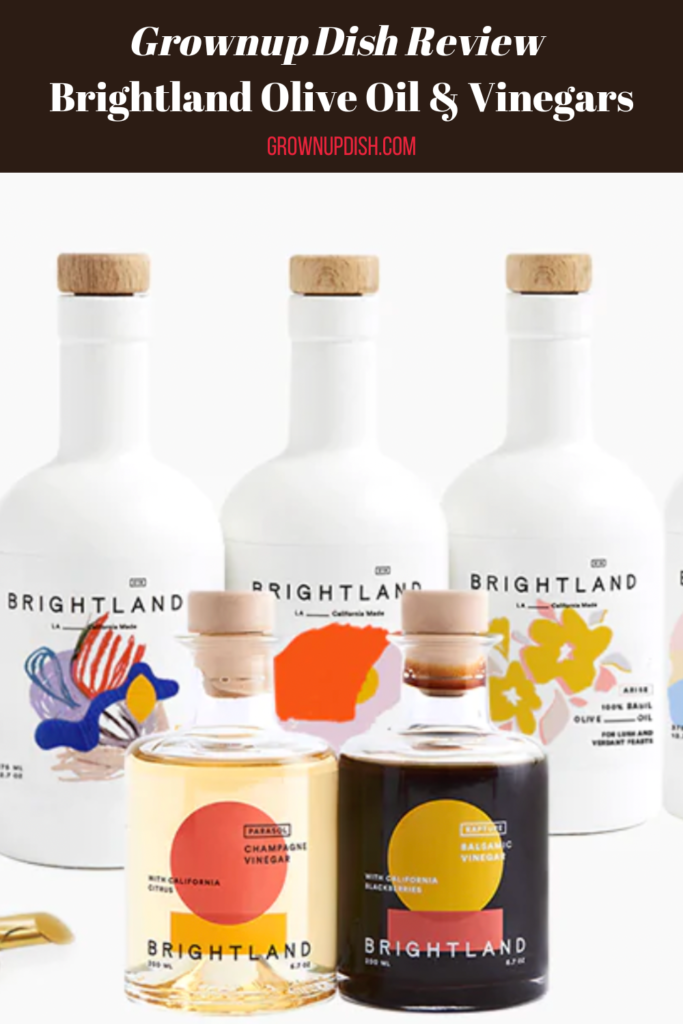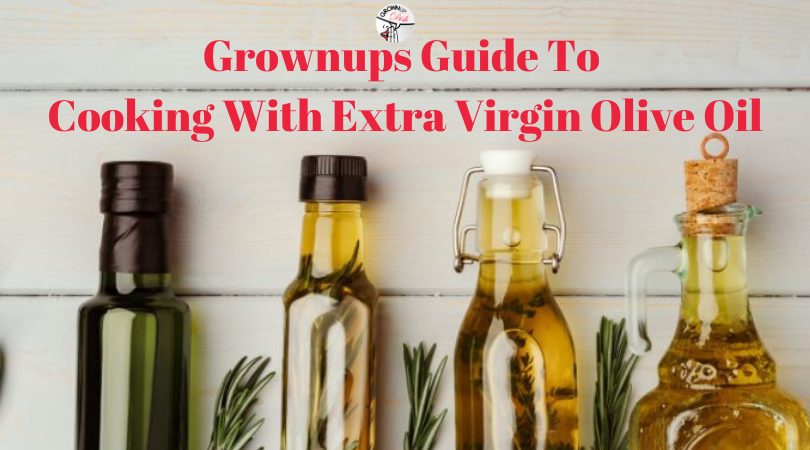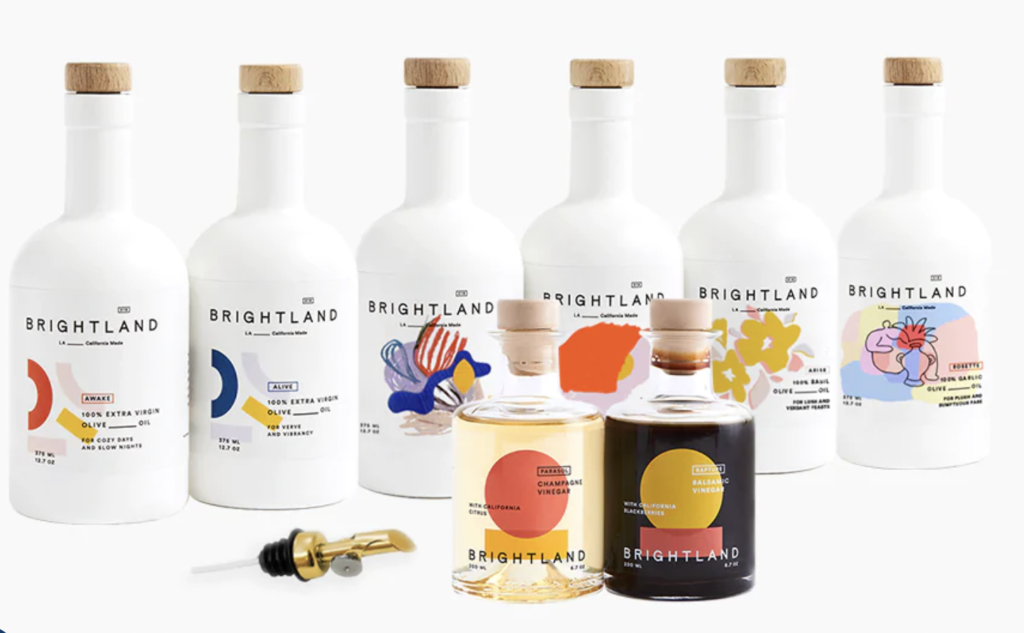Extra virgin olive oil (EVOO) has long been the gold standard for cooking oils in kitchens across the globe. This is largely because it’s versatile. It has a subtle peppery or grassy flavor, and you can use it for baking, sautéing, or cold dressings. Let’s dive in to the Grownup’s Guide to Cooking With Extra Virgin Olive Oil where I’ll share my favorite brands, tips and tricks.
My Favorite Olive Oil? Brightland
Brightland is a premium olive oil and vinegar brand ethically sourced in California. This WOC-owned brand is a cult favorite and known for making the freshest, highest quality olive oil on the market. With Brightland, you know exactly what you’re getting – authentic olive oils and vinegars that are never rotten, overprocessed, or fraudulent. With absolutely no fillers or artificial preservatives.
Brightland carefully sources olives from a family-run California farm, then crafts them into custom-blended oils. Their sole ingredient comes from trees that live on for thousands of years; so you can rest assured that what you’re putting into your body is straight from the earth. It’s grounded. It’s good for you. And it’s never seen a lab.
My favorite Brightland oils are:
- AWAKE is for soups, stews, pastas and warm crusty bread.
- ALIVE is for salads, dressings and marinades
- LUCID is a custom-blended lemon olive oil that’s terrific in baked goods and on greens.
- ARDOR is a chili olive oil for pasta, pizza, and noodles, with a special custom label by Marleigh Culver.
- ARISE is a basil olive oil for melon, cakes, and salads
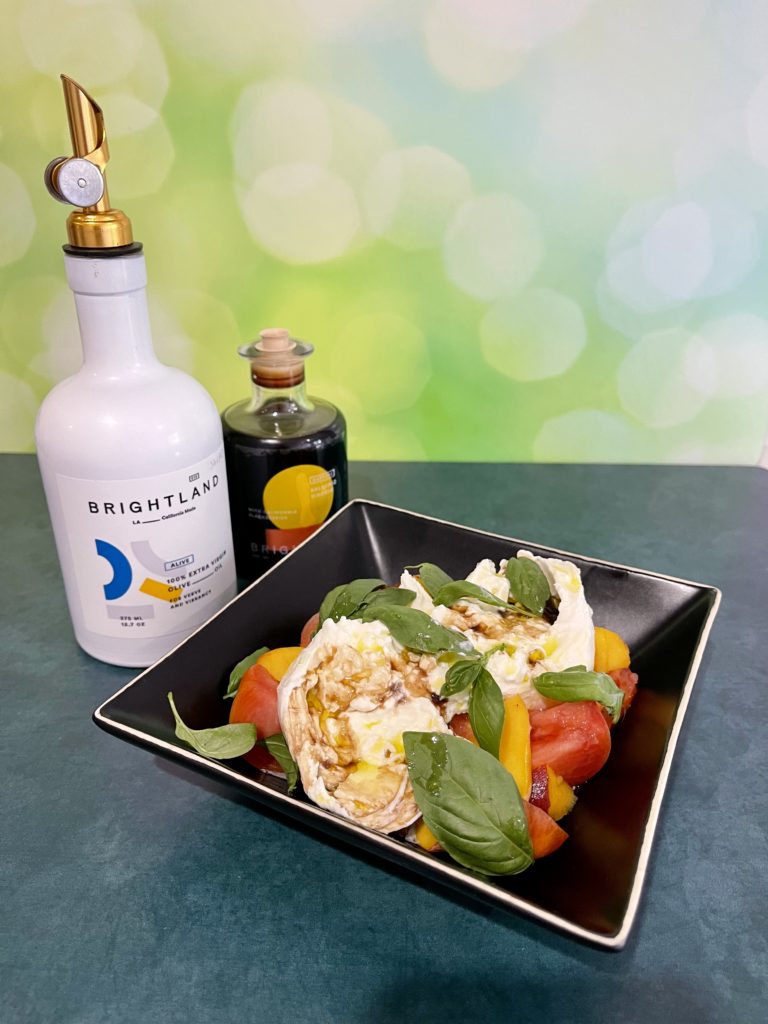
Check Out My Favorite Salad and Salad Dressing Recipes
On the Stove With Extra Virgin Olive Oil
When I’m sautéing or panfrying on medium/medium high heat, extra virgin olive oil is my go-to. I like to let it pool in the pan and warm, so it’s best to consider a smaller pan. But if you need the space, then ensure you add enough.
Delicate extra virgin olive oils are best for on the stove because you don’t want to overpower the food’s natural flavors, but you want to highlight their best notes. The oil has a chance to work best when you let it warm before adding food.
On the Grill With Extra Virgin Olive Oil
Cooking on the grill is my favorite way to use extra virgin olive oil instead of regular olive oil. Grilling something gives it rich, gourmet flavors, but the addition of EVOO can accentuate the best notes and create a safe barrier on meat.
The best method of grilling with EVOO is placing the meat or vegetables in a plastic bag and drizzling just enough oil to barely coat the food. I seal the bag, toss the food, and ensure every piece has a layer of oil. Then place the food directly on the grill and close the lid. You can even try cooking in your fireplace.
In the Oven With Extra Virgin Olive Oil
Baking with EVOO is not new. It’s another way to pull out the best flavors of a dish and eliminate animal fat for those vegan chefs. And, let’s be honest, it is slightly healthier.
You can add essential vitamin E elements to your cakes and breads while providing an antioxidant-rich treat that reduces the saturated fat content. I like to use an EVOO with delicacy, so I don’t saturate my recipe and instead enhance the natural flavors. A good rule of thumb I follow is if I wouldn’t dip my bread in it, it’s not the best option for baked goods.
A Final Word on EVOO
Hopefully, some of these tips for cooking with extra virgin olive oil will help you create professional quality dishes. The goal is to highlight natural flavors and find the right EVOO for each food, flavor, and heat level. Happy cooking!
PIN IT!
